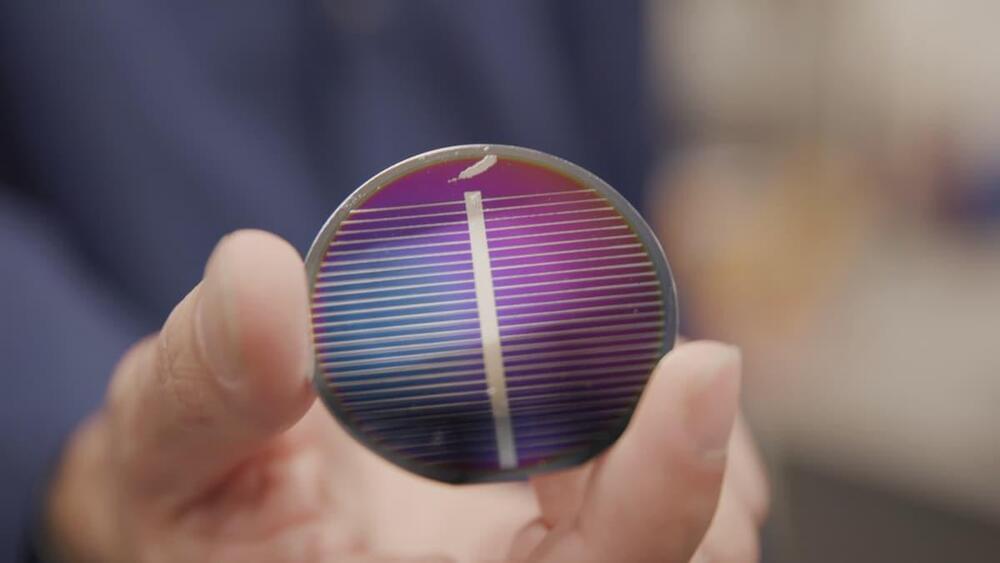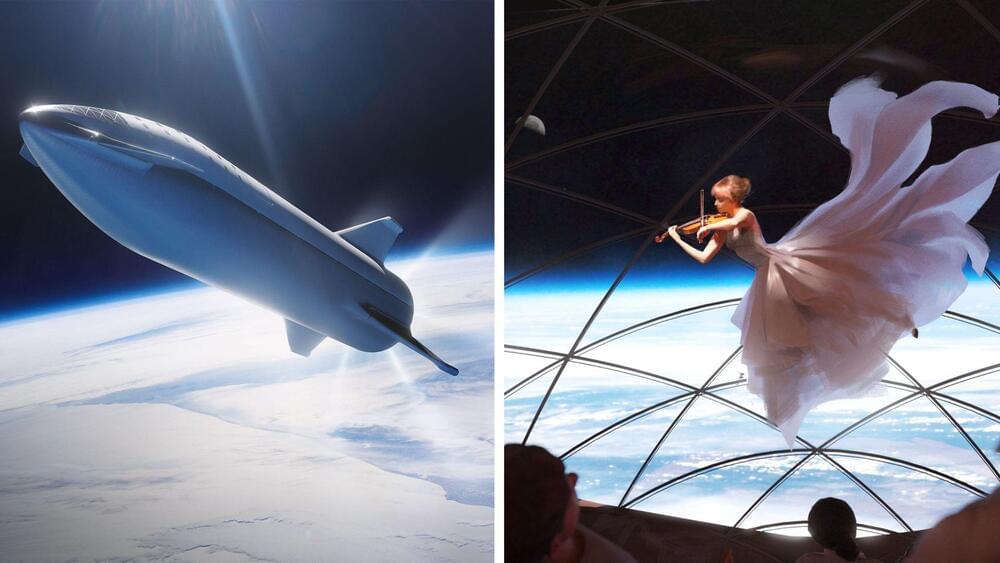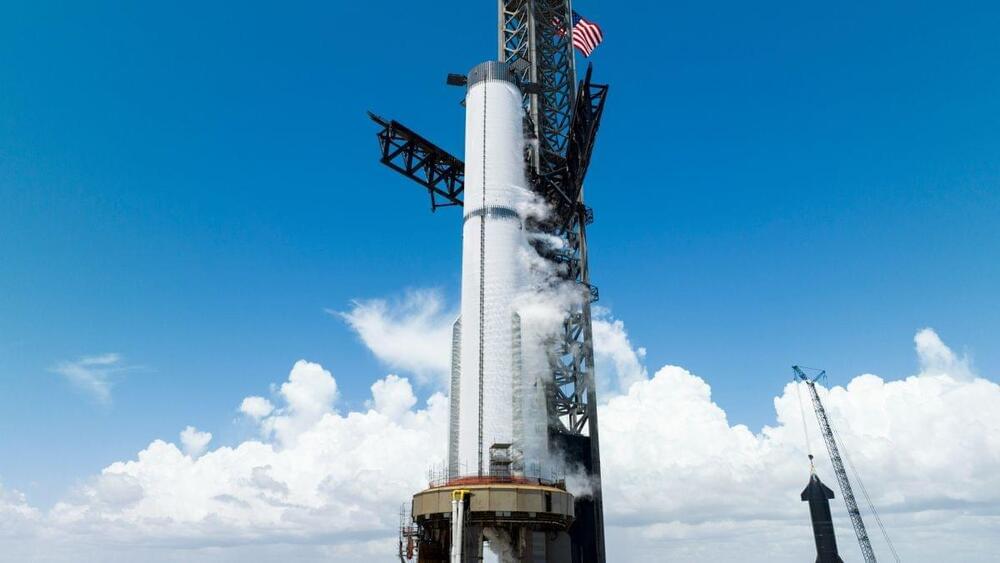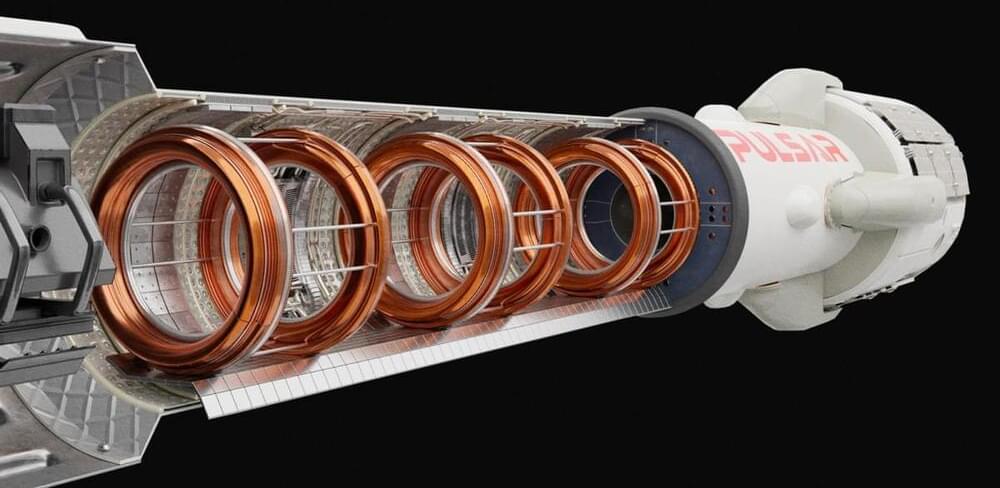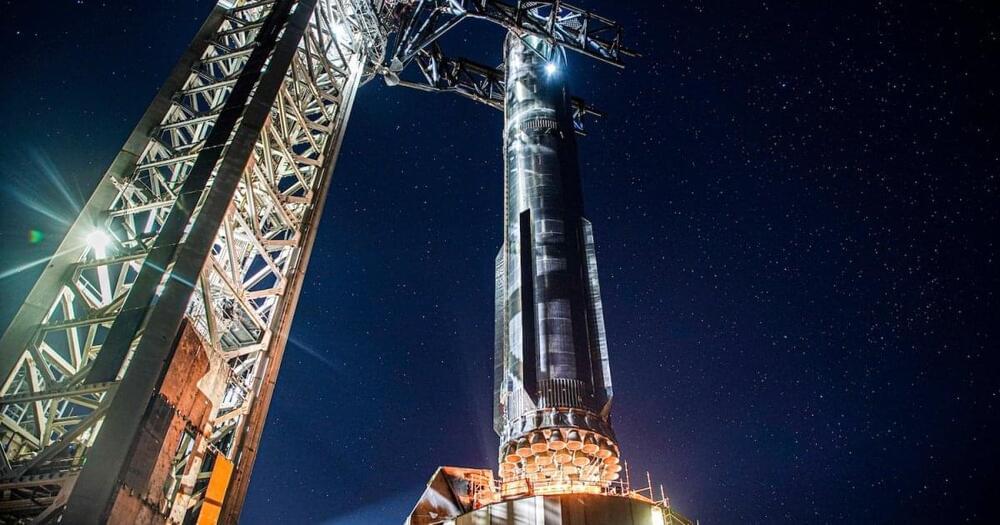With the aim of allowing astronauts to live off the land as much as possible when they return to the Moon, NASA has awarded Blue Origin a US$35-million Tipping Point contract to develop the company’s Blue Alchemist process to make solar cells out of lunar soil.
The biggest bottleneck to establishing a permanent human presence on the Moon and beyond is the staggering cost of sending equipment and supplies from Earth. NASA and other space agencies believe that the best way to overcome this is to use local resources as much as possible to manufacture what’s needed.
Under development since 2021, Blue Alchemist is an example of this. The basic concept is to develop a complete process that takes the lunar soil, more formally known as the regolith, at one end and spits out complete solar cells and other products at the other.
